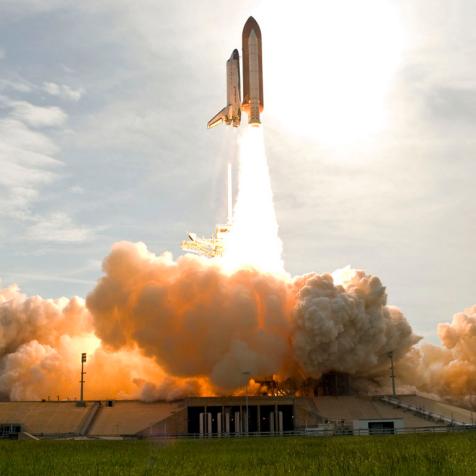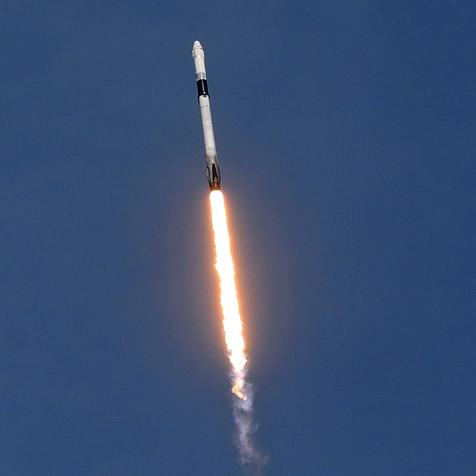
NASA/Roscosmos
Expedition 63 to Return Home on October 21
After 196 days in space aboard the ISS, NASA astronaut Chris Cassidy, Roscosmos cosmonaut Anatoli Ivanishin, and Roscosmos cosmonaut Ivan Vagner are coming home! Let’s learn the details of their return to Earth.
On October 21, 2020, the three crew members of Expedition 63 will begin their journey home at 4:10PM ET as they close the hatch to their Soyuz MS-16 spacecraft. They are scheduled to undock from the International Space Station at 7:32PM ET. If all goes to plan, Commander Chris Cassidy alongside cosmonauts Anatoly Ivanishin and Ivan Vagner will touch down southeast of Dzhezkazgan, a remote town in Kazakhstan, at 10:55PM ET. As the spacecraft enters Earth’s atmosphere, the Soyuz will ready itself for a parachute-assisted landing. After, the crew will exit the spacecraft and take flight in Russian helicopters to the recovery staging city in Karaganda, Kazakhstan. Upon arrival, NASA astronaut Chris Cassidy will waive goodbye and board a NASA plane for his flight home to Houston, Texas. In a Gagarin Cosmonaut Training aircraft, Ivanishin and Vagner will fly home to Star City, Russia.
Cassidy, Ivanishin, and Vagner, orbited the Earth 3,136 times together. They stayed busy during their 83 million-mile travel and Chris Cassidy, in particular, worked on multiple notable science experiments aboard the ISS. He furthered findings with the Onco-Selectors experiment, the Droplet Formation Study, and the Astrobee.

NASA/ISS
Expedition 63 Commander Chris Cassidy replaces components inside the Combustion Integrated Rack to support a series of ongoing flame and fuel studies.
The Expedition 63 crew became a party of five for two months as they welcomed NASA astronauts Robert Behnken and Douglas Hurley of NASA’s SpaceX Demo-2 mission, the first crewed flight of a commercial spacecraft, aboard the ISS. During the newcomers’ stay, Behnken joined Cassidy on four spacewalks.
Congrats NASA and SpaceX! Here's a Recap of the Splashdown to Earth
On Sunday, August 2 at 2:48P ET, NASA Astronauts Bob Behnken and Doug Hurley successfully returned home to Planet Earth. Here's everything that happened from undocking from the ISS to splashing down into the Gulf of Mexico near Pensacola, Florida.
Most recently on October 14, 2020, the crew of Expedition 63 opened the hatch to NASA astronaut Kate Rubins, Roscosmos cosmonaut Sergey Ryzhikov, and Roscosmos cosmonaut Sergey Kud-Sverchkov, of Expedition 64. Commander Cassidy will hand over station command on Tuesday, October 20, 2020, to cosmonaut Sergey Ryzhikov during a change of command ceremony aboard the ISS. Expedition 64 will take over operations, await the arrival of its remaining members who are scheduled to launch on NASA’s SpaceX Crew-1 mission in November, and wave goodbye to the crew of Expedition 63.

NASA/GCTC/Andrey Shelepin
Expedition 64 NASA astronaut Kate Rubins, left, and Russian cosmonauts Sergey Ryzhikov, center, and Sergey Kud-Sverchkov, right, of Roscosmos take a moment during the Soyuz MS-17 spacecraft fit check to pose for a photograph, Monday, Sept. 28, 2020, at the Baikonur Cosmodrome in Kazakhstan.
NASA TV will be covering the return of Expedition 63 on October 21.



















